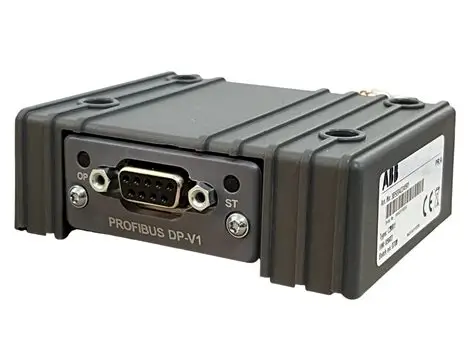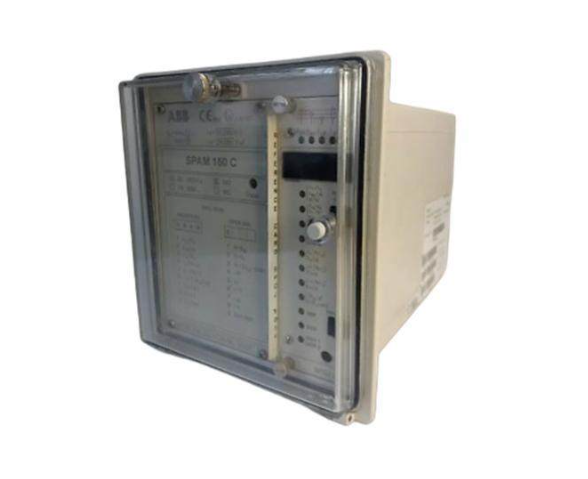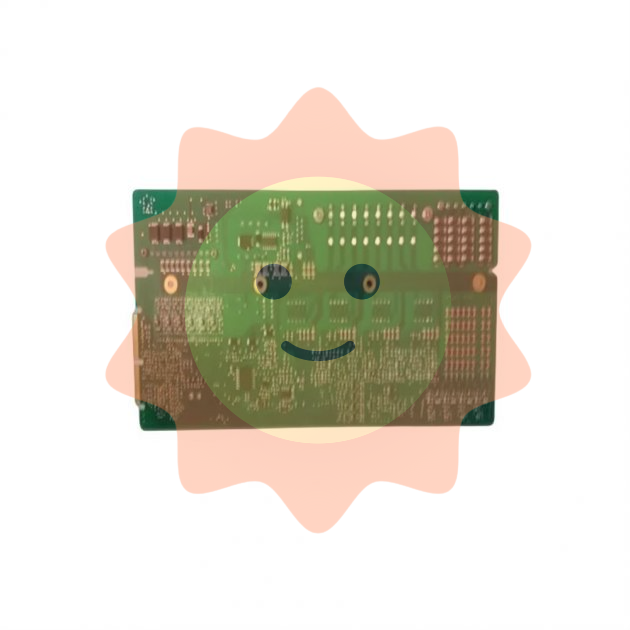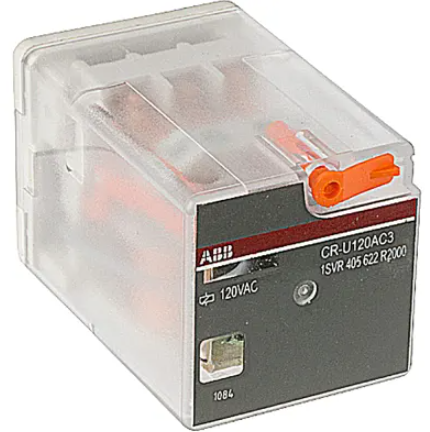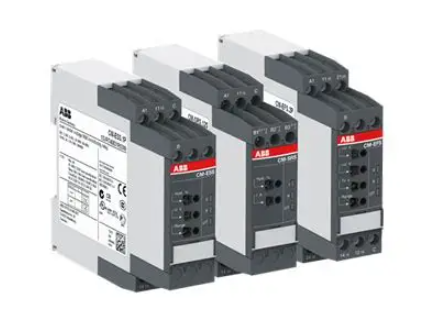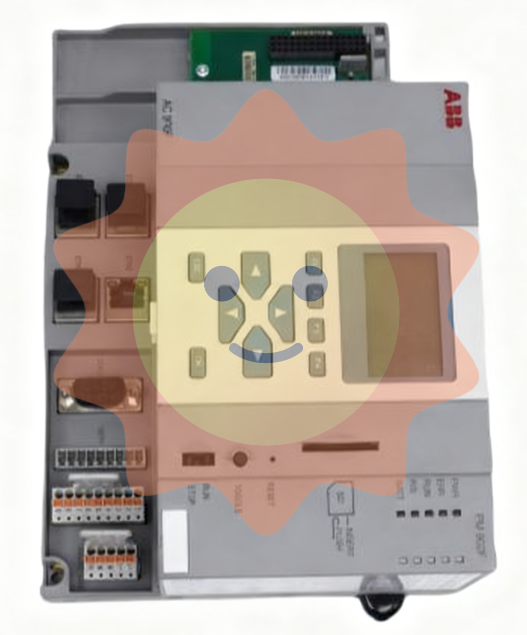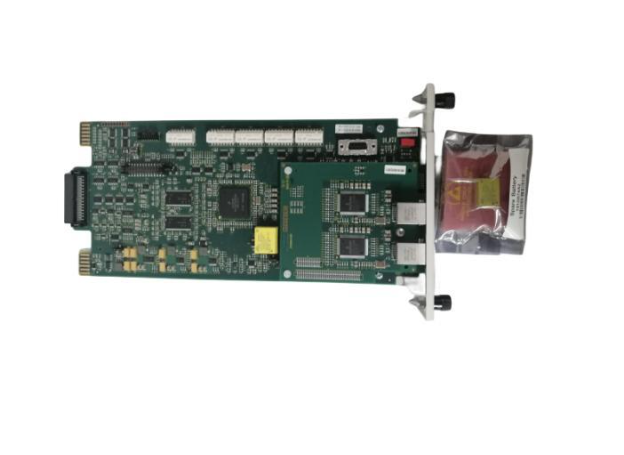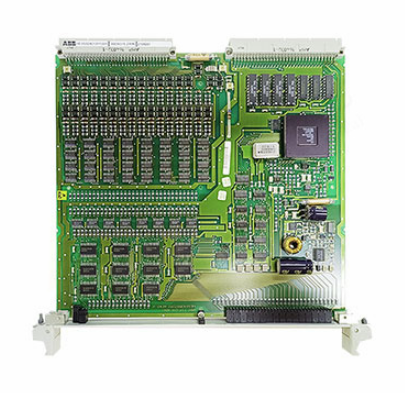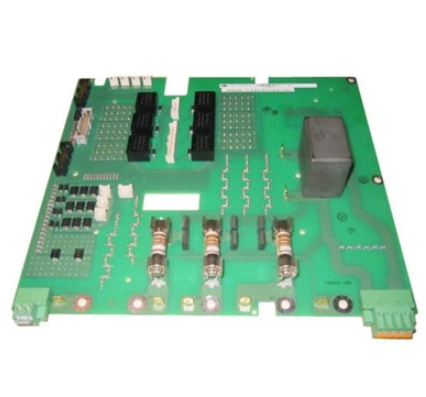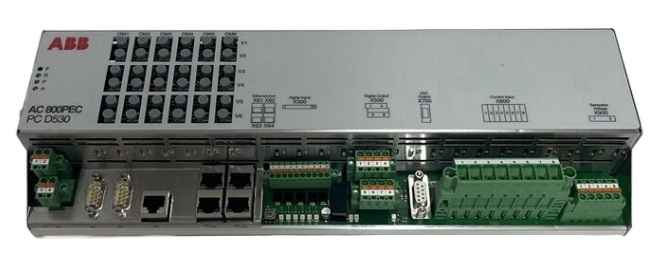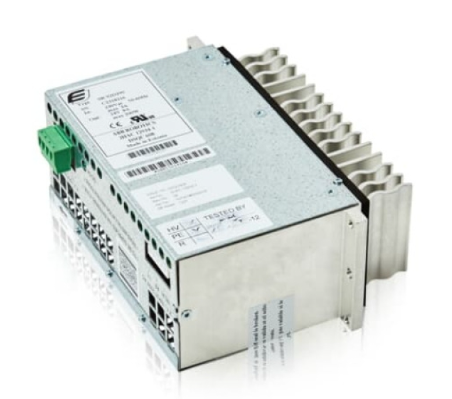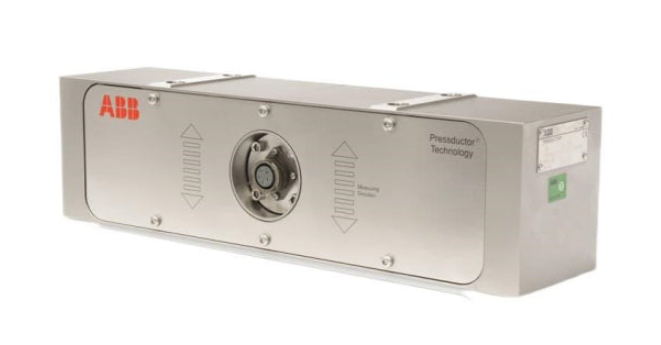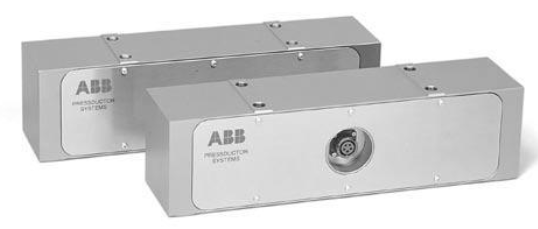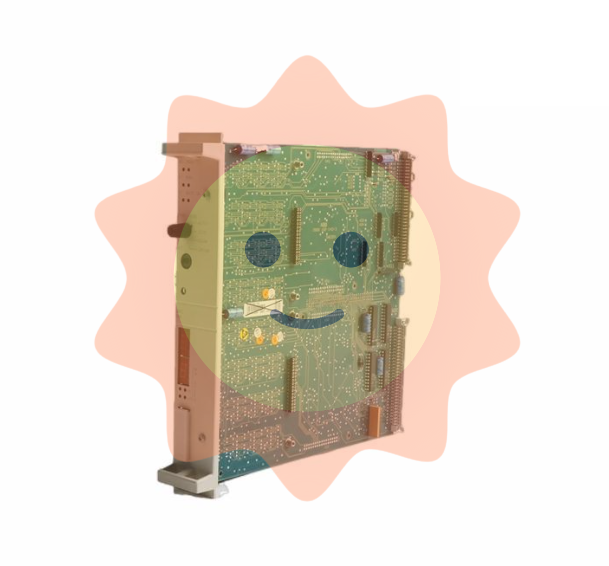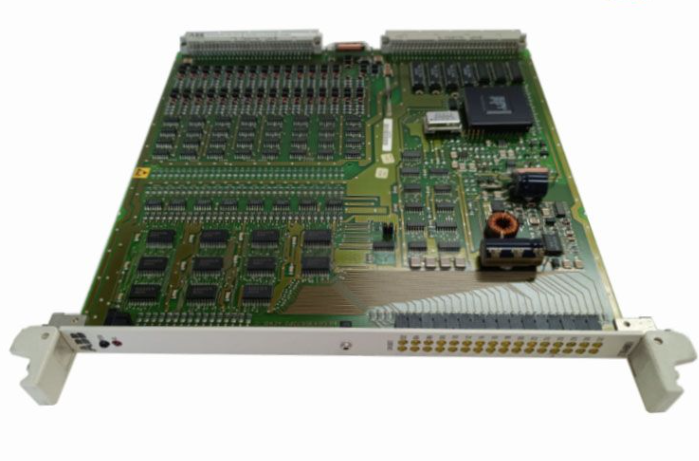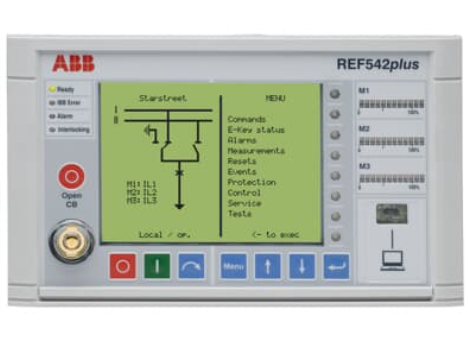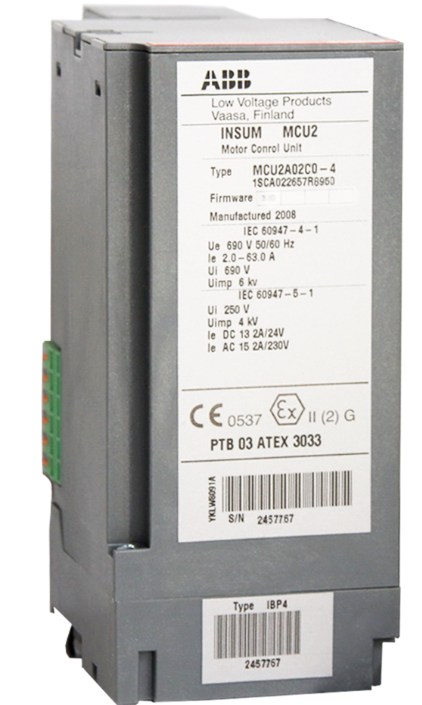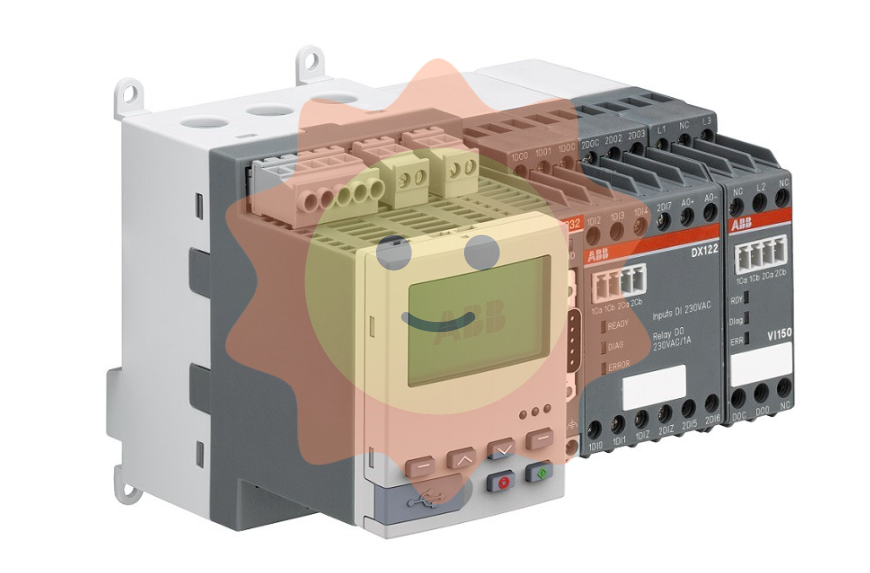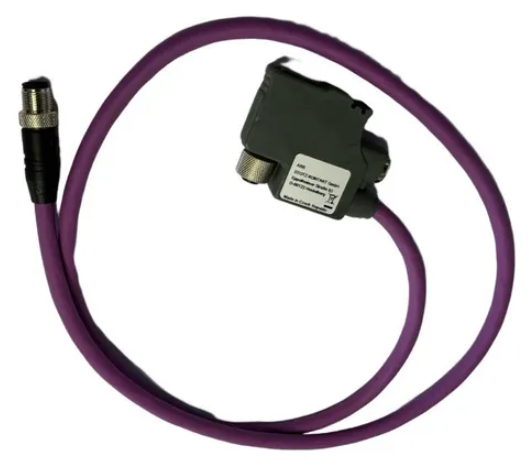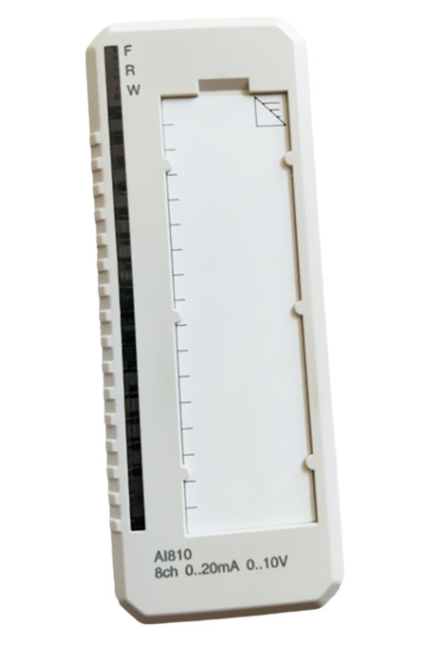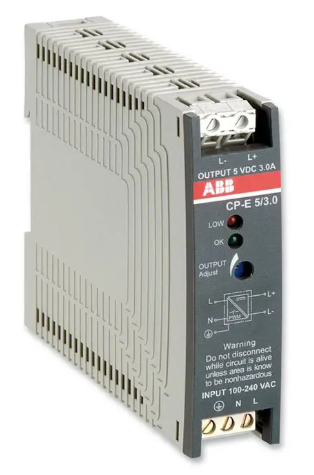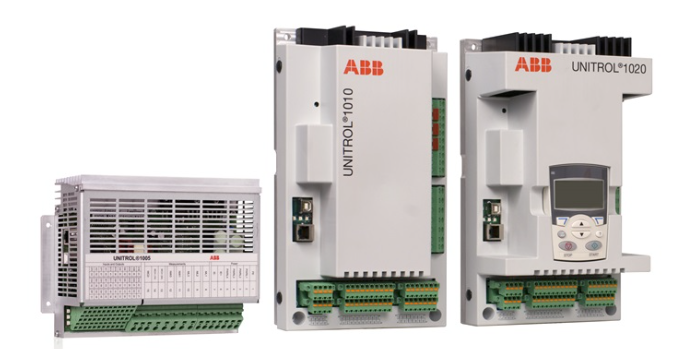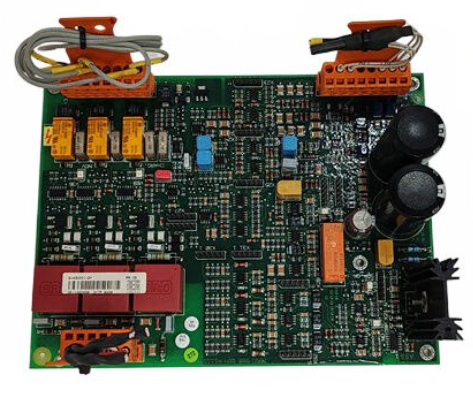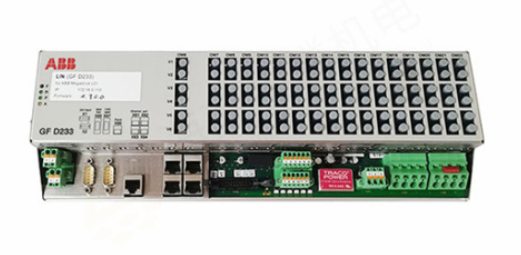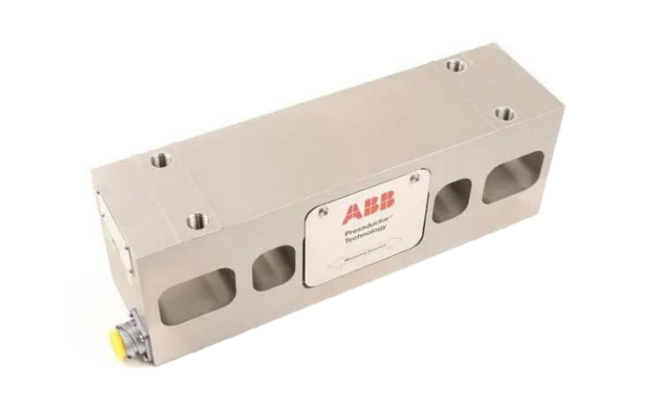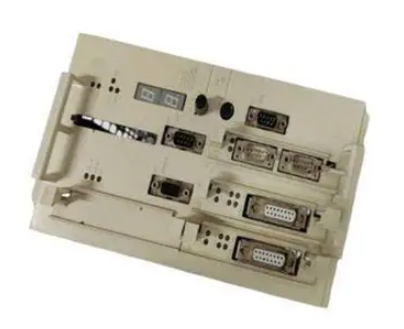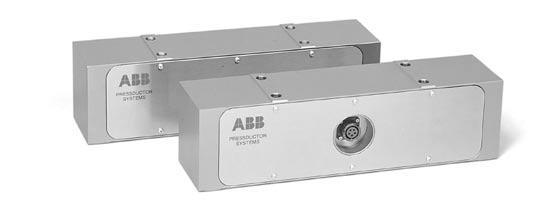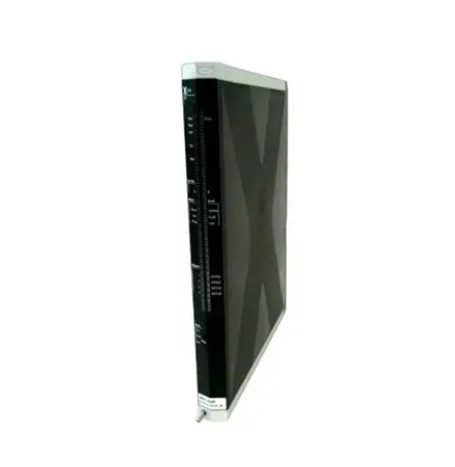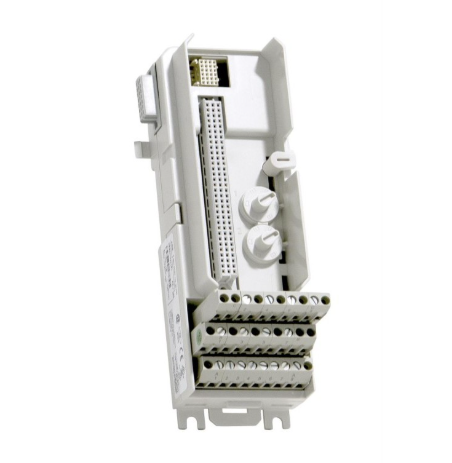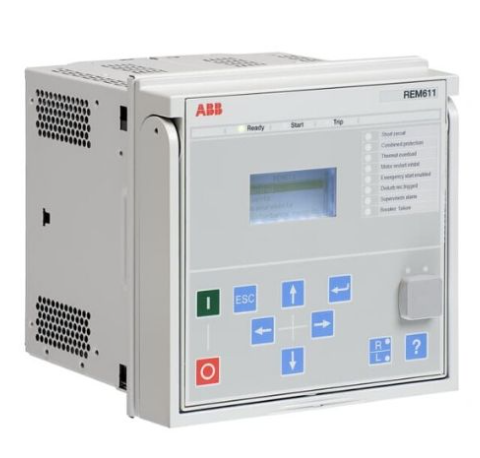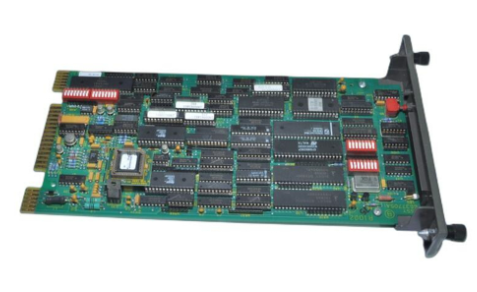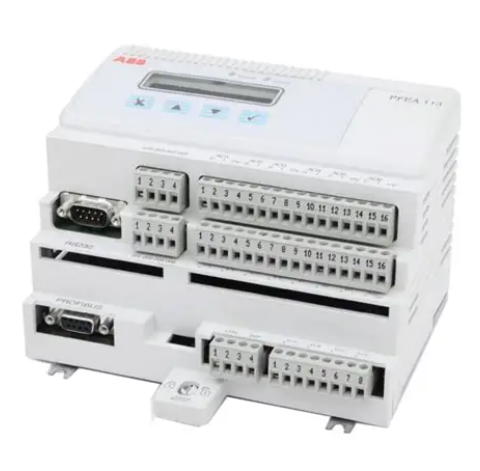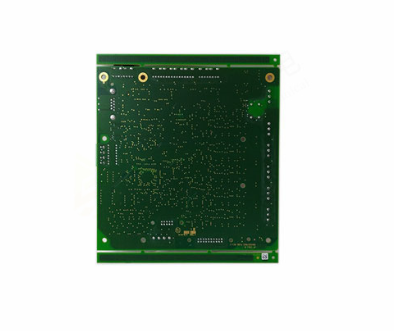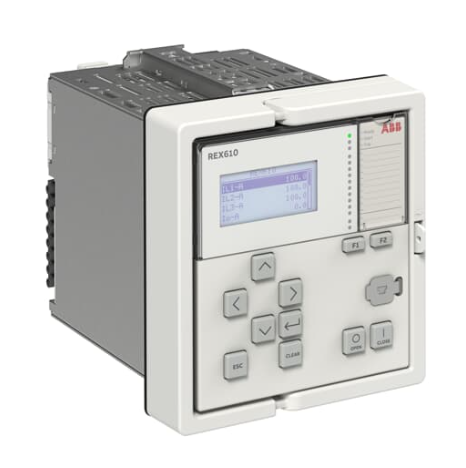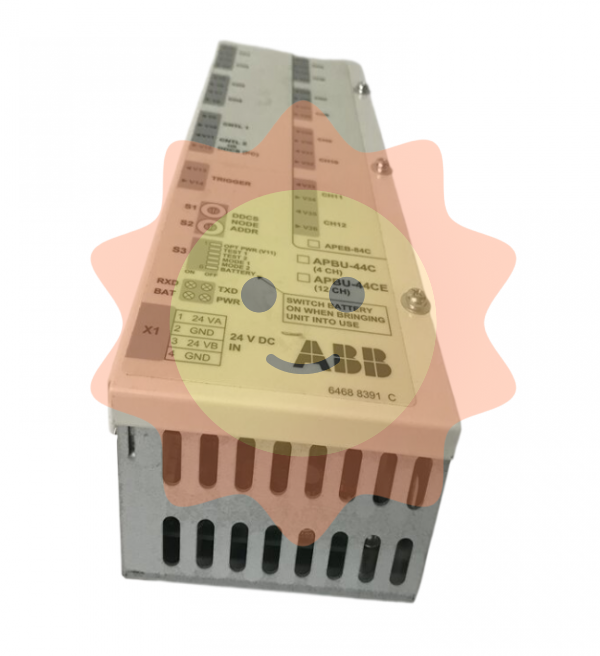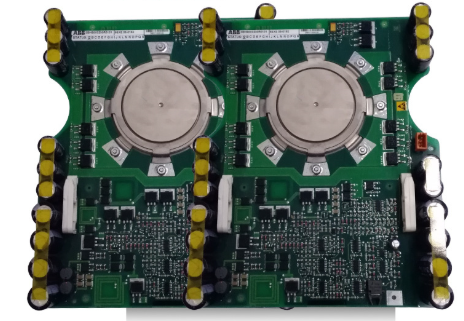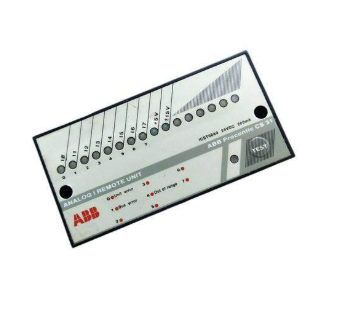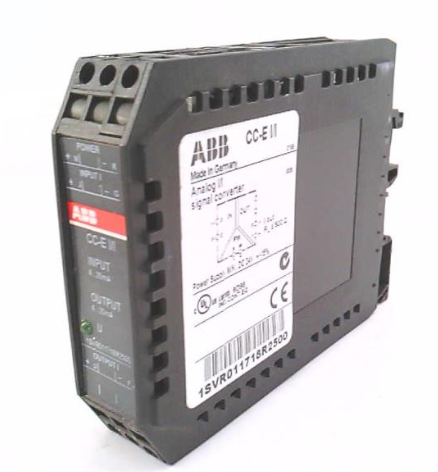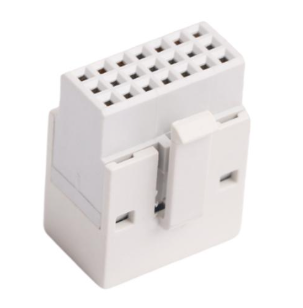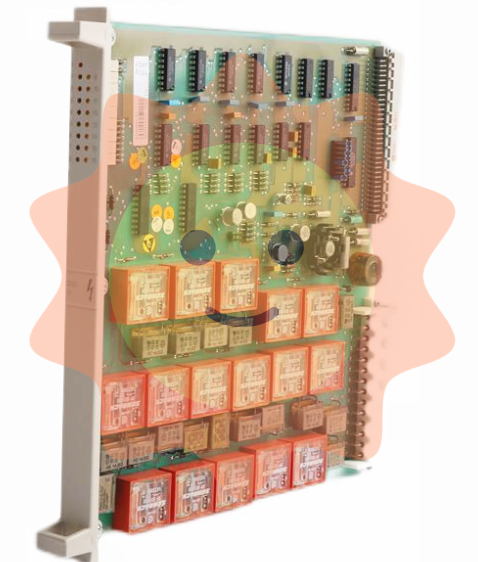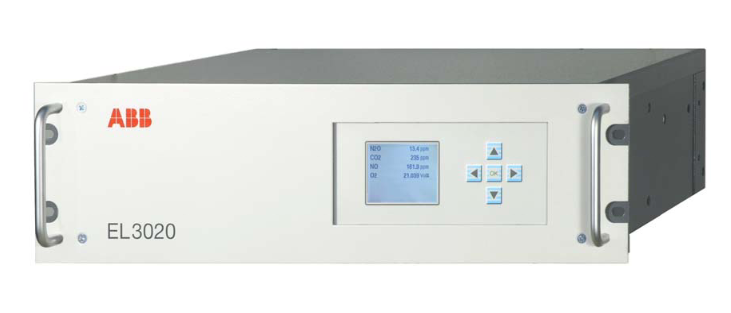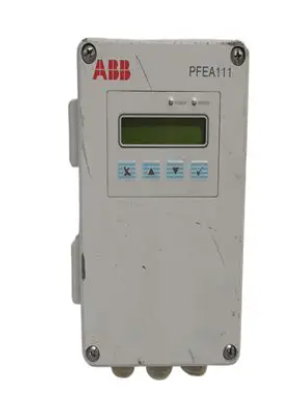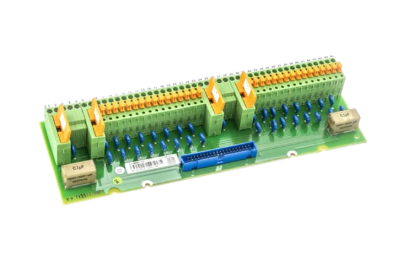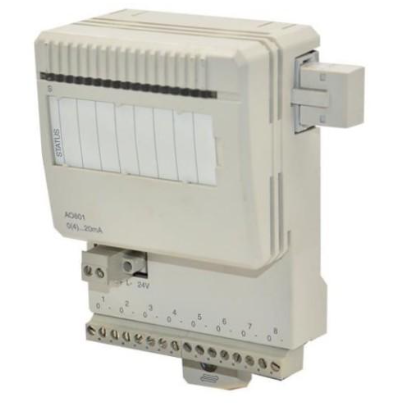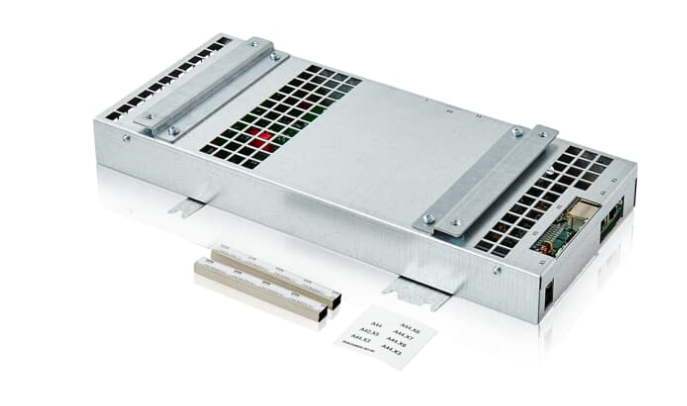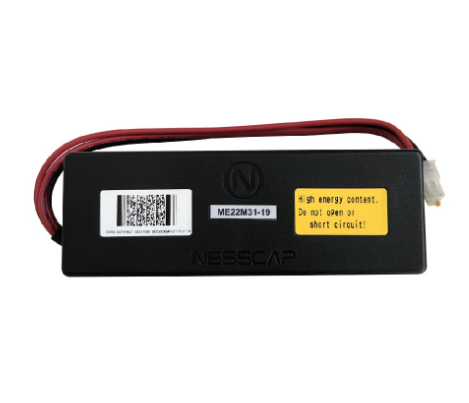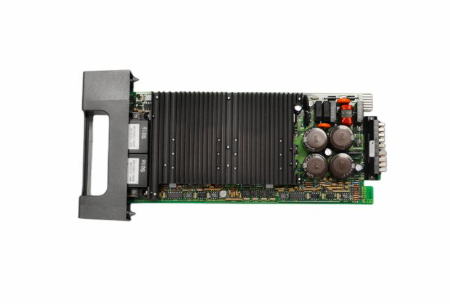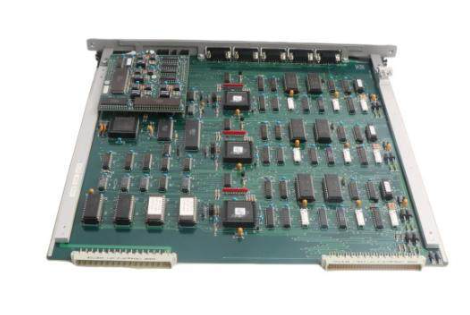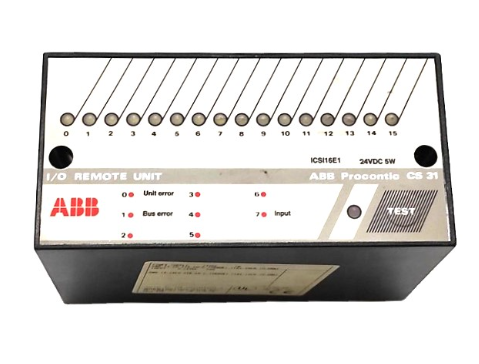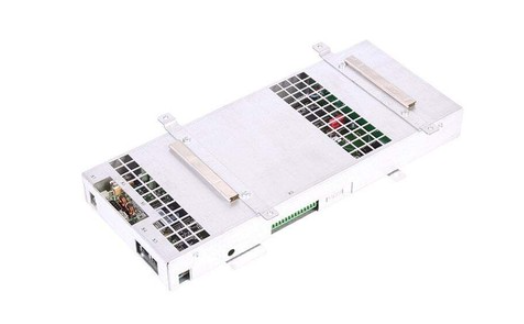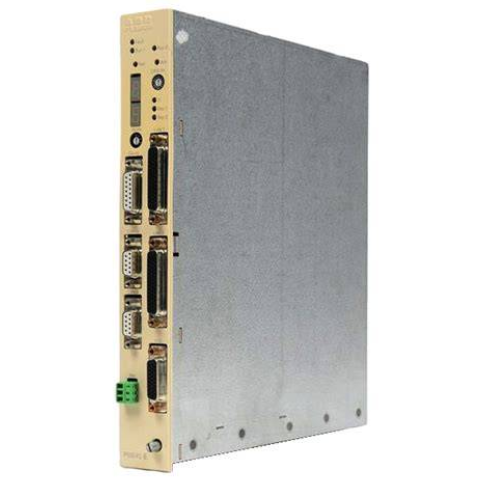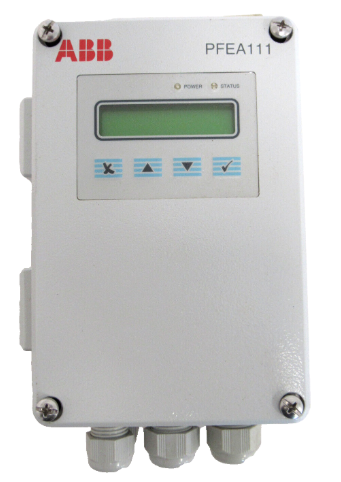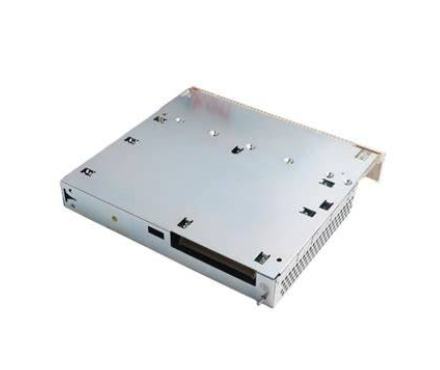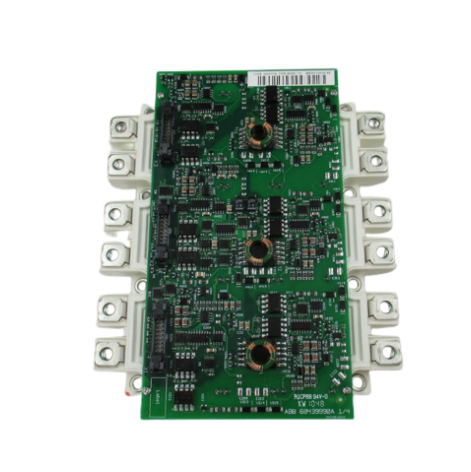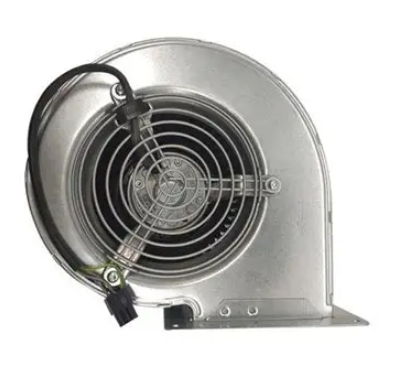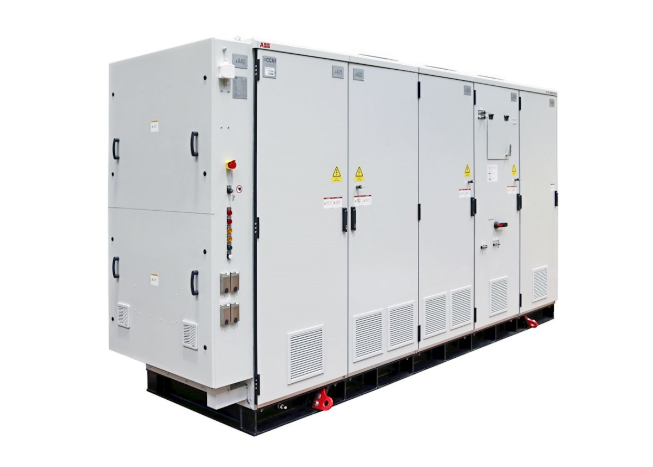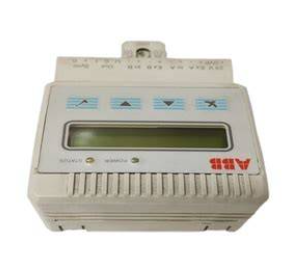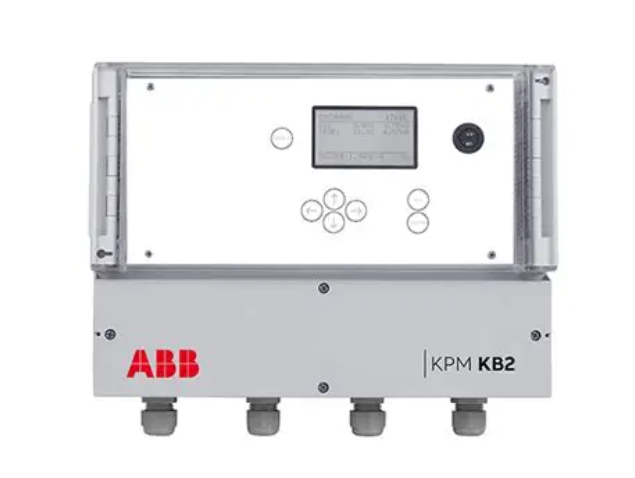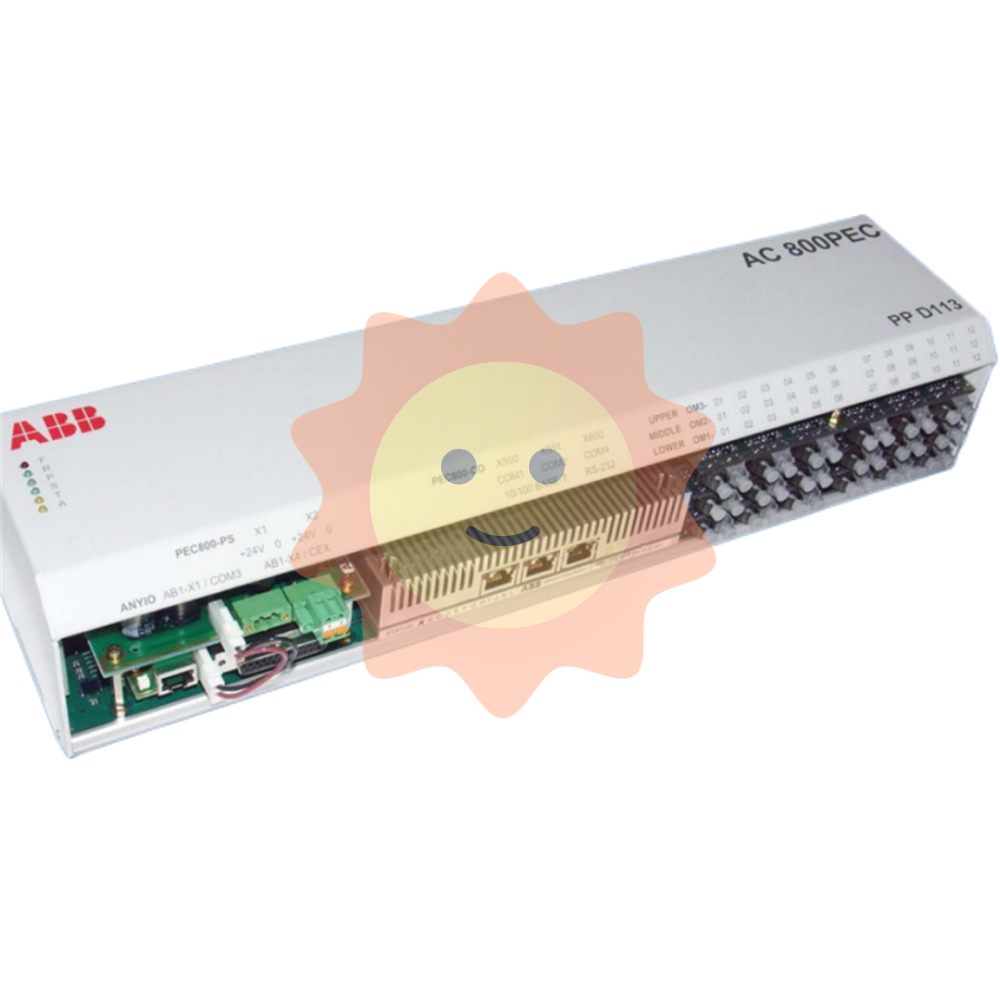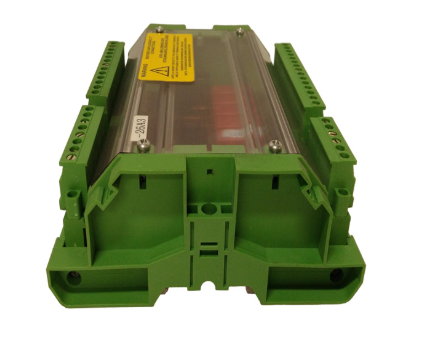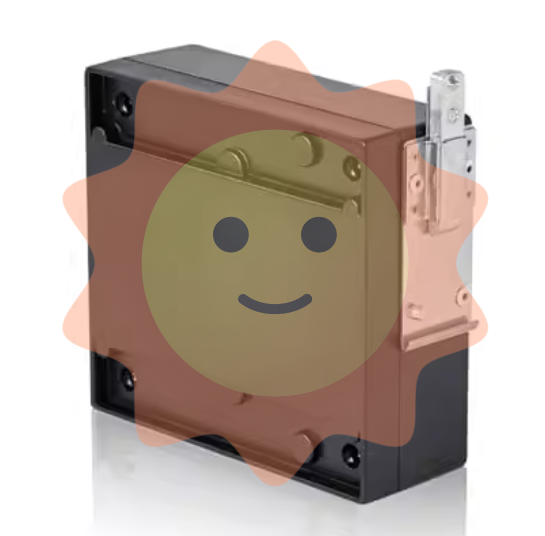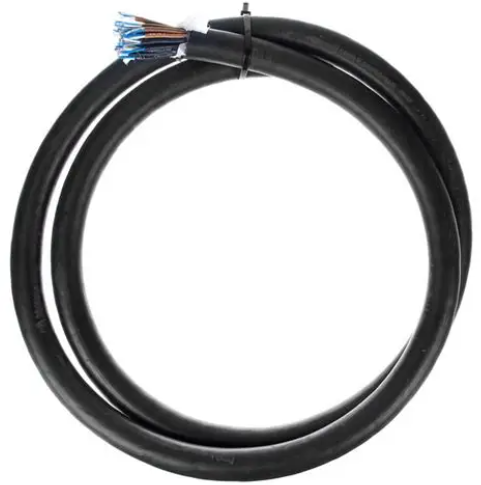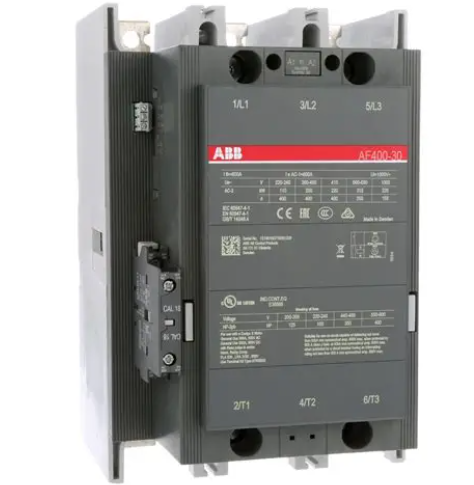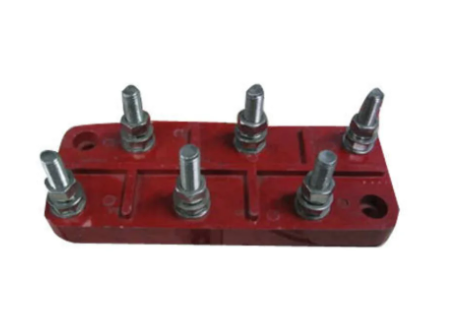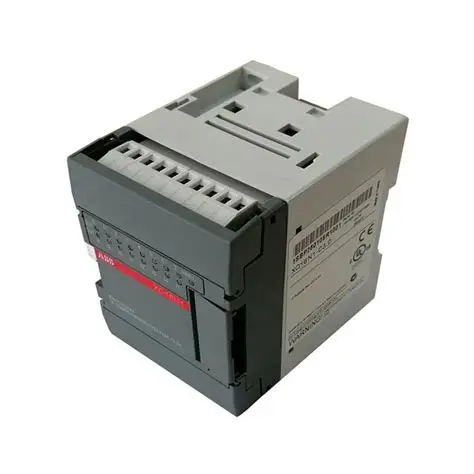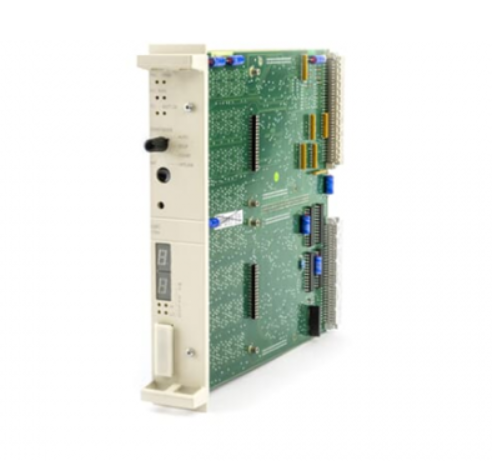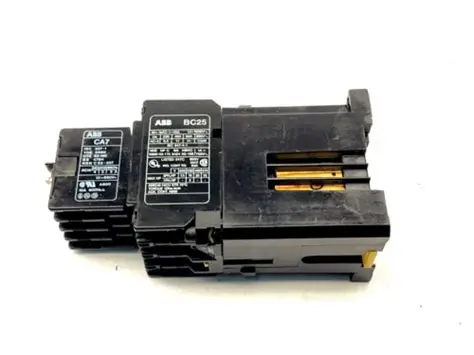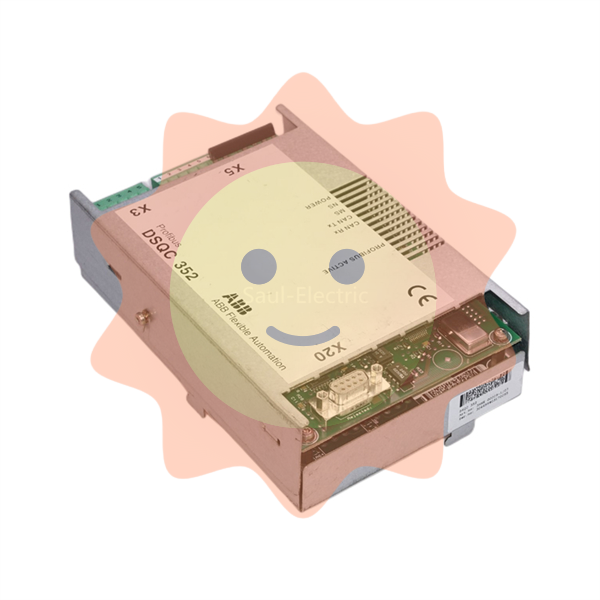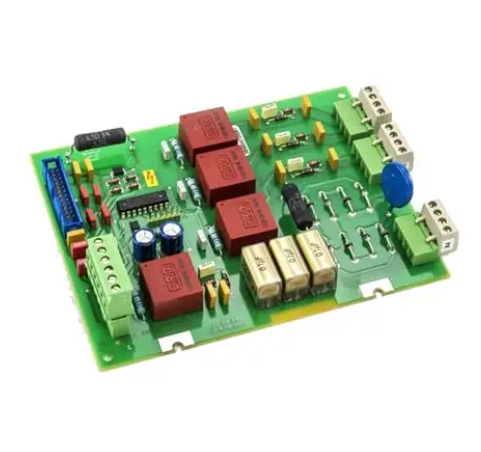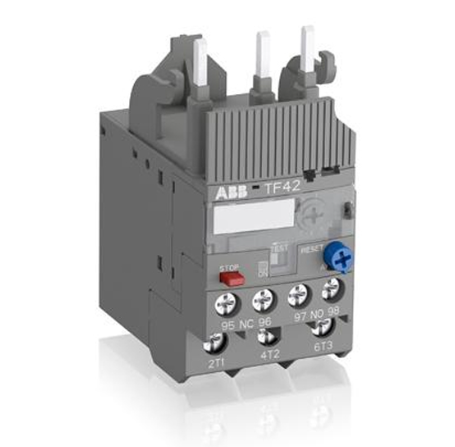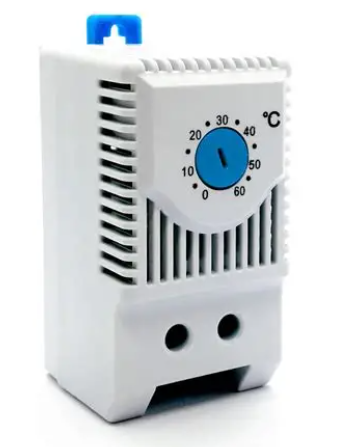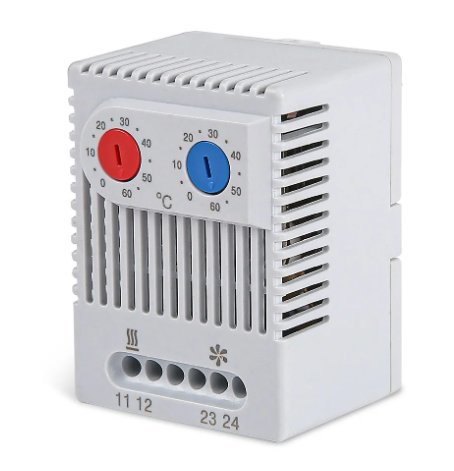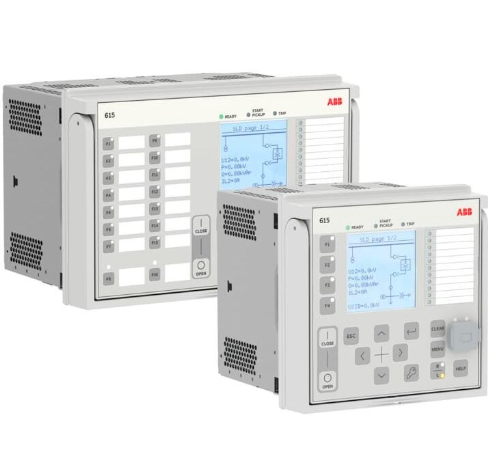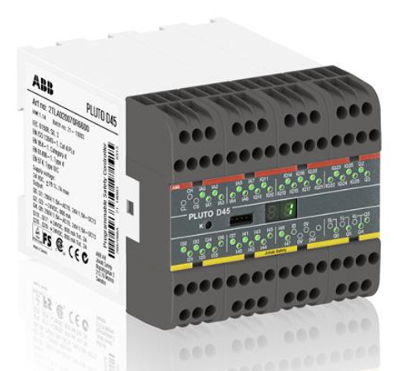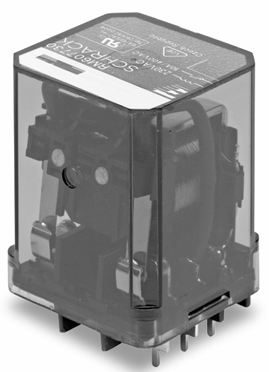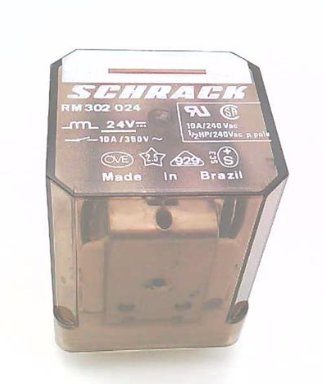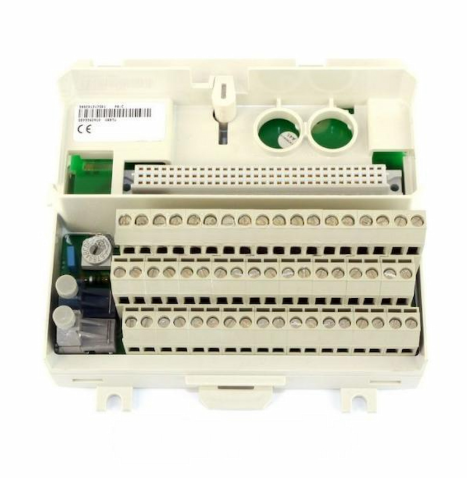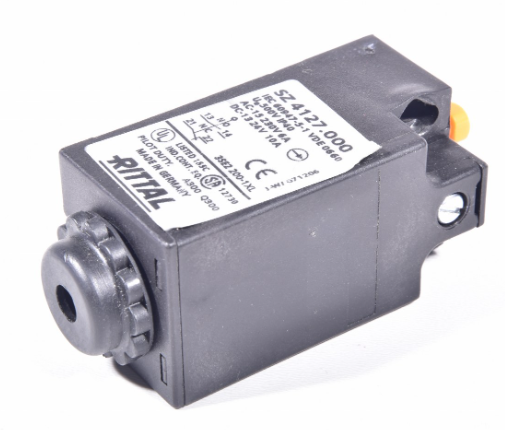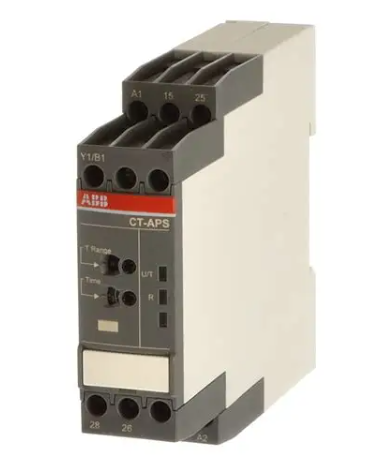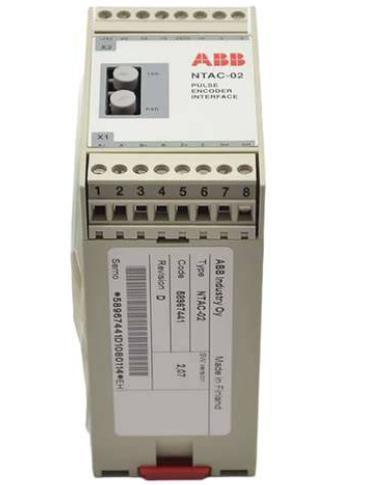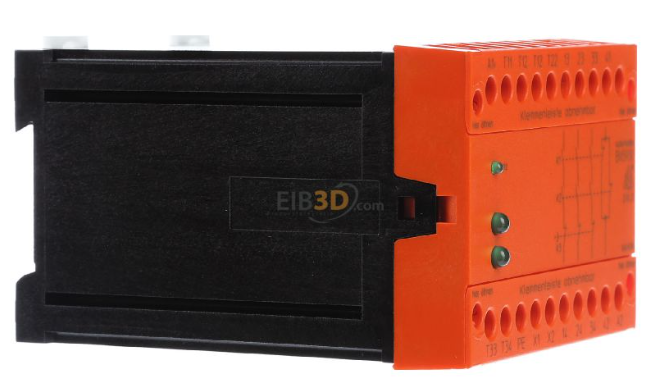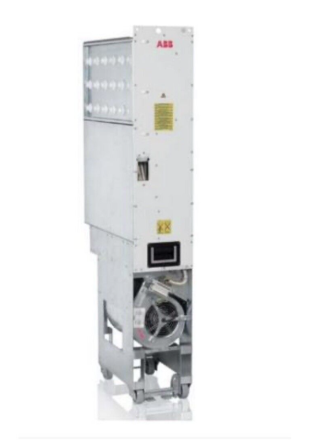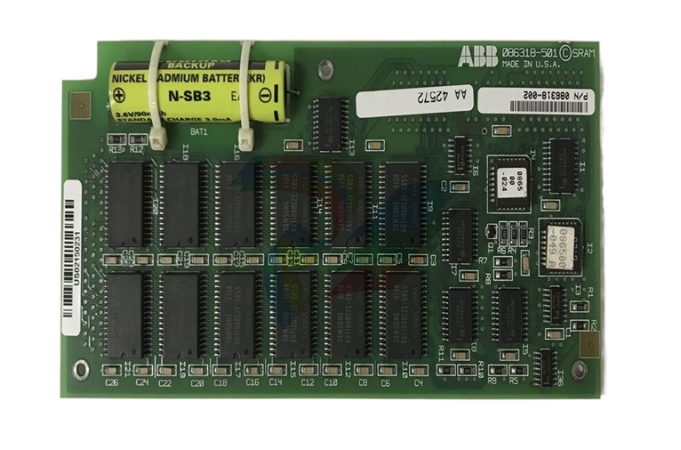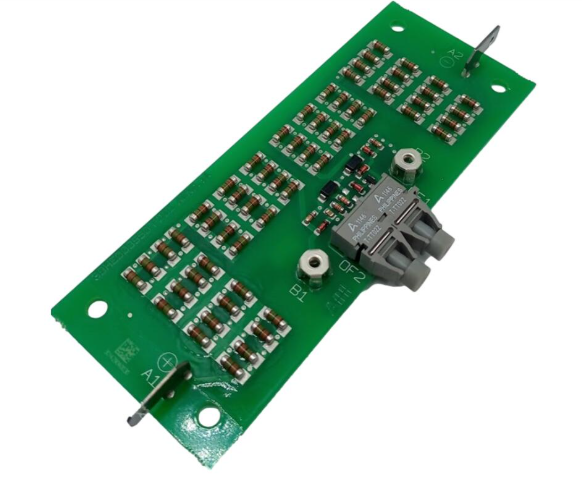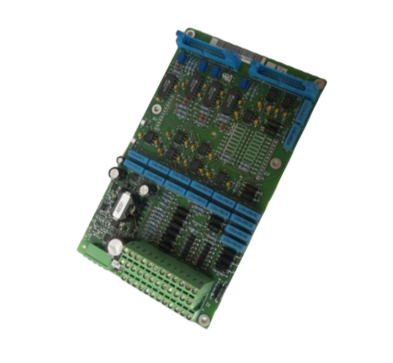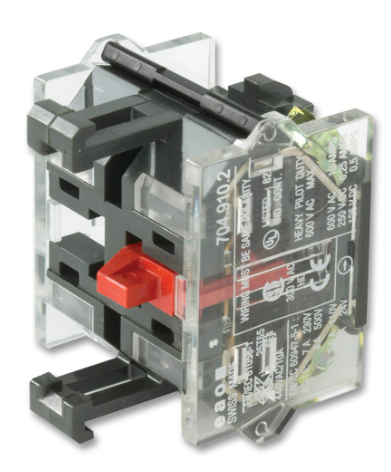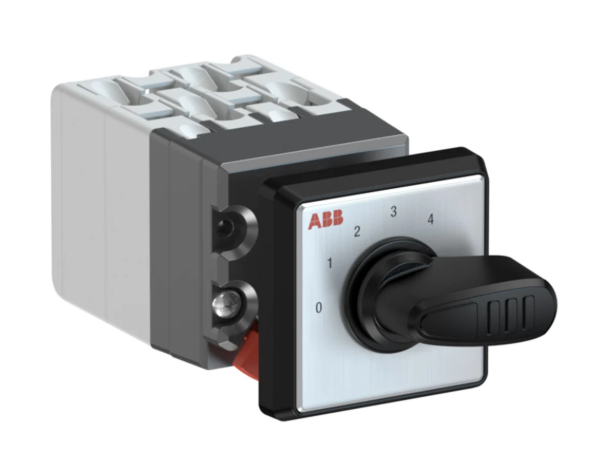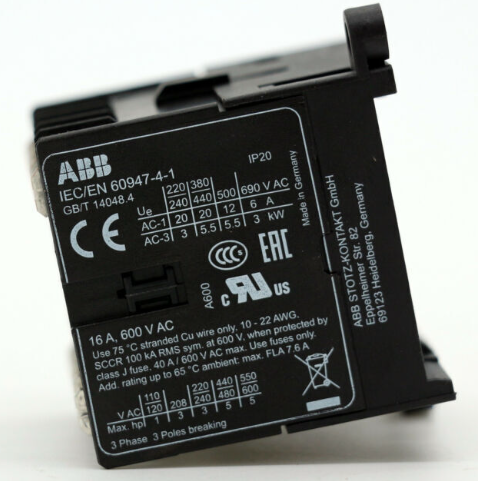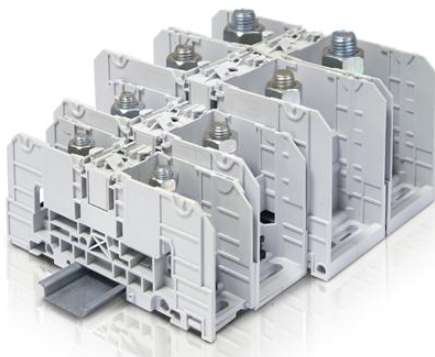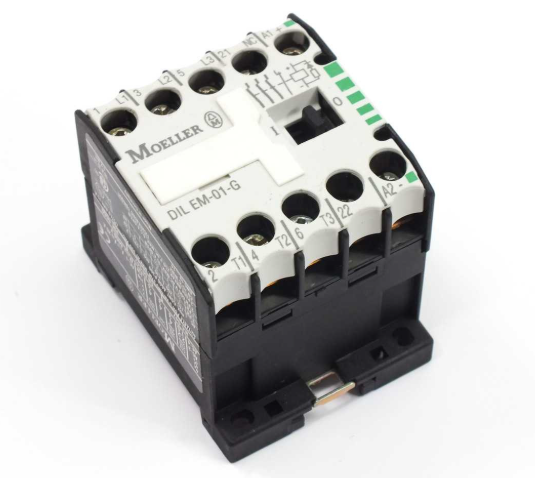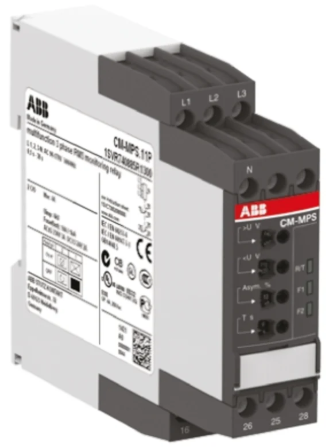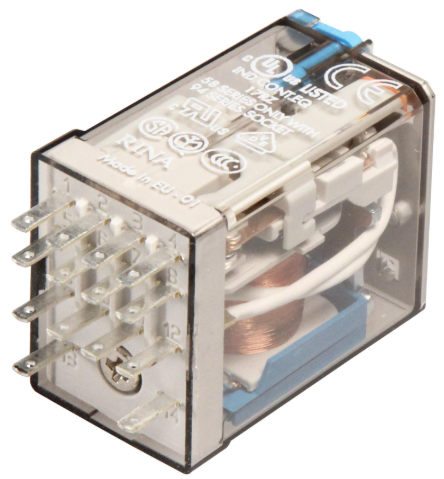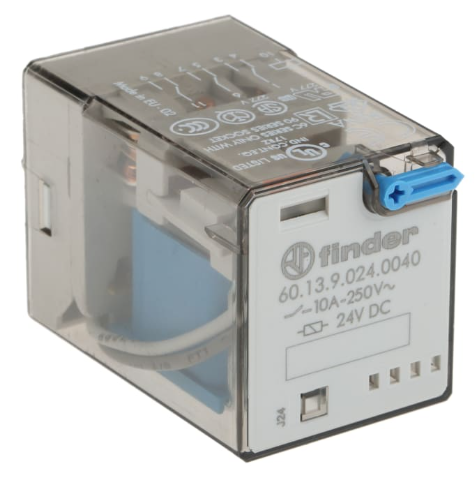AB 1794 - AENT Series B FLEX I/O EtherNet/IP Adapter
AB 1794 - AENT Series B FLEX I/O EtherNet/IP Adapter
Installation requirements: The equipment is suitable for use in industrial environments of pollution class 2, overvoltage category II, at altitudes up to 2000 metres above sea level, and is classified as Group 1, Class A industrial equipment. It is to be installed in a suitably designed enclosure that is flame retardant and the interior can only be accessed by means of tools.
Installation steps
Mounting to DIN rail: Hook the rear of the adapter onto the top of the 35 x 7.5 mm DIN rail, rotate and press it against the rail, if not locked it can be done with a tool.
Replacing the adapter in an existing system: Remove the relevant connections in turn, take care to align the slots when installing the new adapter, and reconnect the wiring once the installation is complete.
Wiring Methods
Network cable connection: Connect the Ethernet network cable to the RJ45 connector on the bottom of the adapter, it is recommended to connect it through a 100 MB full duplex switch.
Power Connection: 24V common is connected to the left terminal B of the upper connector, +24V dc input power is connected to the left terminal C of the lower connector, and power can be supplied to the subsequent modules through connectors D and E. No more than 2 wires should be connected to a single terminal, and the terminal screws should be torqued to 0.8 Nm (7 lb - in) when connecting.
Network Address Settings: The adapter is shipped from the factory with the jog wheel switch set to 999 and DHCP enabled, allowing you to obtain an IP address using the jog wheel switches (001 - 254), a DHCP server, or from non-volatile memory. A switch value of 888 resets all configuration parameters to factory settings.
Indicator Status Interpretation: 1794 - The AENT adapter has three two-colour indicators on the front panel, the Module Status Indicator, the Network Status Indicator, and the Link Status Indicator, with different blinking or always-on statuses representing different operating states.
Environmental specifications: Operating temperature 0 - 55°C (32 - 131°F), non-operating temperature - 40 - 85°C (-40 - 185°F), relative humidity 5 - 95% non-condensing, able to withstand a certain degree of vibration and shock, in the electromagnetic compatibility requirements.
Specification
Electrical Parameters
Power Requirements: To comply with the CE Low Voltage Directive (LVD), the unit needs to be powered by a Safety Extra Low Voltage (SELV) or Protection Extra Low Voltage (PELV) compliant power supply. The input voltage is rated at 24V dc nom, and the input voltage range is 19.2-31.2V dc (including 5% AC ripple), which can adapt to a certain range of voltage fluctuations and ensure stable operation under different power conditions.
Communication rate: It supports 10/100 Mbps communication rate, which can be negotiated automatically according to the network environment and equipment requirements to meet the data transmission speed requirements in industrial automation scenarios and ensure fast and stable data transmission.
Current and Power: The maximum output current of Flexbus is 640 mA, which can provide stable power support for the connected I/O modules. In terms of power consumption, the maximum is 550 mA and 440 mA at 24V dc; the power dissipation is 7.3 W at 19.2V dc and the heat dissipation is 24.9 BTU/hr at 19.2V dc, which reflects the energy consumption and heat dissipation of the device during operation.
Isolation Voltage: 50V continuous isolation voltage, which belongs to the basic insulation type and has been tested by 1000V ac for 60s (between power supply and Flexbus, EtherNet), effectively isolating different circuits and enhancing the safety and anti-interference ability of the equipment.
Mechanical Parameters
I/O capacity: I/O capacity is 8 modules, which specifies the upper limit of the number of FLEX I/O modules that can be connected to the adapter, and the number of I/O points and the scale of equipment connection should be planned accordingly in the system design.
Connector Type: The Ethernet connector adopts the RJ45 Cat. 5 standard interface, which is widely used for Ethernet connection with good versatility and stability, and is convenient to connect with other network devices.
Terminal Screw Torque: The terminal screw torque is required to be 0.8 Nm (7 lb - in), which ensures firm wiring and avoids problems such as poor contact and unstable signal transmission caused by loose screws.
Wire Specifications: Power conductors are 0.34 - 2.5 mm² (22 - 12 AWG) stranded copper wire rated at 75°C (167°F) or higher, with a maximum insulation thickness of 1.2 mm (3/64 in.) to meet electrical performance and safety requirements. Conductors are classified as Class 1 for power ports and Class 2 for communication ports to provide guidance for wiring planning.
Environmental Parameters
Temperature range: Operating temperature range is 0 - 55°C (32 - 131°F), non-operating temperature range is - 40 - 85°C (-40 - 185°F), can adapt to a variety of industrial environment temperature changes, in different seasons and working scenarios to maintain stable performance.
Humidity Requirements: Relative humidity range of 5 - 95% and non-condensing, can work normally in a certain humidity environment, to avoid humidity problems affecting the electrical performance and service life of the equipment.
Vibration and shock: able to withstand a certain degree of vibration and shock, working vibration conditions for 5 g @ 10 - 500 Hz, working shock for 30 g, non-working shock for 50 g, to adapt to the vibration and shock environment of the industrial site, to ensure the reliability of equipment operation.
Electromagnetic compatibility: Strict requirements in electromagnetic compatibility, such as compliance with CISPR 11 Group 1, Class A standards, electrostatic discharge (ESD), radiation radio frequency (RF), electric fast transient pulse group (EFT/B), surge transients, etc. have a certain immunity, reduce the impact of electromagnetic interference on the equipment, to ensure stable operation in a complex electromagnetic environment.
Other parameters
Enclosure type rating: Enclosure type rating for no (open), meaning that it needs to be installed in a suitable protective enclosure to adapt to the specific use of the environment, such as dust-proof, waterproof, anti-electromagnetic interference and so on.
North American temperature code: North American temperature code is T4A, which indicates the temperature limit and safety level when the equipment is used in hazardous places in North America, and helps users to choose the right equipment in a specific area and ensure safe use.
- EMERSON
- Honeywell
- CTI
- Rolls-Royce
- General Electric
- Woodward
- Yaskawa
- xYCOM
- Motorola
- Siemens
- Rockwell
- ABB
- B&R
- HIMA
- Construction site
- electricity
- Automobile market
- PLC
- DCS
- Motor drivers
- VSD
- Implications
- cement
- CO2
- CEM
- methane
- Artificial intelligence
- Titanic
- Solar energy
- Hydrogen fuel cell
- Hydrogen and fuel cells
- Hydrogen and oxygen fuel cells
- tyre
- Chemical fiber
- dynamo
- corpuscle
- Pulp and paper
- printing
- fossil
- FANUC
- Food and beverage
- Life science
- Sewage treatment
- Personal care
- electricity
- boats
- infrastructure
- Automobile industry
- metallurgy
- Nuclear power generation
- Geothermal power generation
- Water and wastewater
- Infrastructure construction
- Mine hazard
- steel
- papermaking
- Natural gas industry
- Infrastructure construction
- Power and energy
- Rubber and plastic
- Renewable energy
- pharmacy
- mining
- Plastic industry
- Schneider
- Kongsberg
- NI
- Wind energy
- International petroleum
- International new energy network
- gas
- WATLOW
- ProSoft
- SEW
- wind
- ADVANCED
- Reliance
- YOKOGAWA
- TRICONEX
- FOXBORO
- METSO
- MAN
- Advantest
- ADVANCED
- ALSTOM
- Control Wave
- AB
- AMAT
- STUDER
- KONGSBERG
- MOTOROLA
- DANAHER MOTION
- Bently
- Galil
- EATON
- MOLEX
- Triconex
- DEIF
- B&W
- ZYGO
- Aerotech
- DANFOSS
- KOLLMORGEN
- Beijer
- Endress+Hauser
- MOOG
- KB
- Moxa
- Rexroth
- YAMAHA
- Johnson
- Westinghouse
- WAGO


Email:wang@kongjiangauto.com



